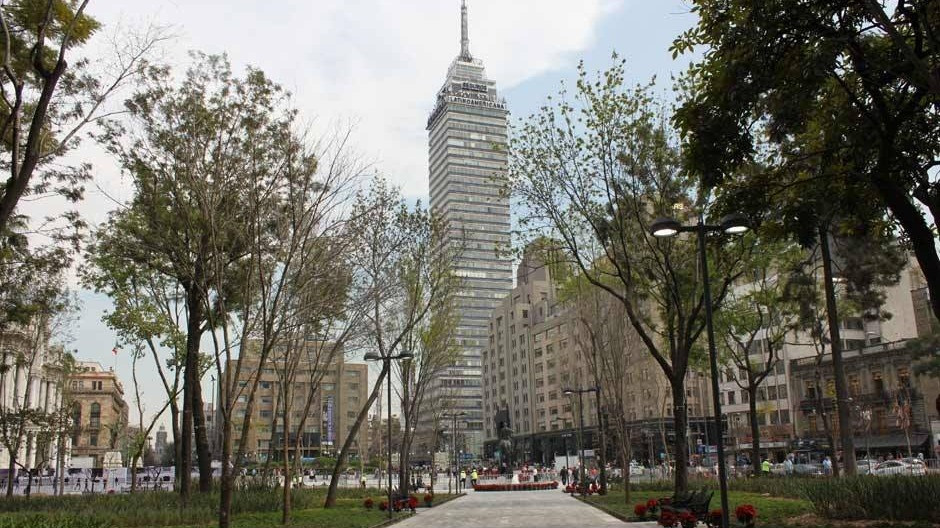Mexico City, or Ciudad de México (CDMX), proudly holds the title of Mexico’s capital city. More than just a political center, it’s a sprawling metropolis teeming with history, culture, and life, situated in the heart of the country. Discovering Mexico City is akin to exploring the vibrant soul of Mexico itself.
With a history stretching back nearly 3,000 years, Mexico City stands as a testament to the enduring legacy of civilizations. To truly grasp its significance, delving into its past is essential. From its ancient origins to its modern-day dynamism, the city’s journey is captivating. You can explore a detailed timeline of major events in the Valley of Mexico’s history to further enrich your understanding.
Exploring Mexico City: More Than Just a Capital
Ciudad de México, the designated capital of the United Mexican States, is also the most populous city in all of North America. Nestled within the Valley of Mexico at an elevation of 2,240 meters (7,350 ft), its geographic location is as unique as its cultural landscape. The city is administratively divided into 16 boroughs, since 2016 officially known as alcaldias, each contributing to the diverse tapestry of this urban giant.
In 2009, the city proper was home to approximately 8.84 million residents, inhabiting a land area of 1,485 square kilometers (573 sq mi). However, the reach of Mexico City extends far beyond these boundaries. Greater Mexico City encompasses a staggering 21.3 million people, solidifying its position as the largest metropolitan area in the Western Hemisphere and the world’s most populous Spanish-speaking city.
 Panoramic view of Alameda Central park and Torre Latinoamericana skyscraper in Mexico City
Panoramic view of Alameda Central park and Torre Latinoamericana skyscraper in Mexico City
Mexico City boasts the distinction of being the oldest capital city in the Americas and shares the unique characteristic of being one of only two capitals founded by indigenous peoples (along with Quito, Ecuador). Originally established by the Aztecs in 1325 as Tenochtitlan on an island within Lake Texcoco, the city underwent a dramatic transformation following the 1521 siege of Tenochtitlan. Rebuilt and redesigned to align with Spanish urban standards, the municipality of Mexico City was founded in 1524, initially named México Tenochtitlán. By 1585, it officially adopted the name Ciudad de México. Since then, it has served as a vital political, administrative, and financial hub for a significant portion of the Spanish-speaking world. Following Mexico’s independence from Spain, it became the Federal District in 1824, a status it maintained until 2016.
A significant shift occurred on January 29, 2016, when the city officially transitioned from Distrito Federal to Ciudad de México (CDMX), solidifying its identity as a distinct entity.
Culturally, Mexico City stands unparalleled in the Americas. It rivals global cities like London with its extensive collection of museums, offering a treasure trove of artistic and historical exploration. The city’s vibrant population thrives on a rich culinary scene and a sophisticated culture that reflects a blend of ancient traditions and international influences.
We trust your exploration of Mexico City will be an enriching and memorable experience.